When doing SEO optimization, you may have heard of nofollow links. So what role do nofollow links play in SEO? Read this article to learn everything you need to know about nofollow links.
What is a nofollow link?
Google introduced the nofollow link attribute in 2005. When the nofollow attribute (rel=“nofollow”) is added to external links on a website, search engines will no longer follow the link, but will still recognize it (and the remaining links) and use it to reduce the value of the target page.
For example, suppose zcseo.com links to Bing’s website https://bing.com, but the link includes the nofollow attribute (rel=“nofollow”). While users can click and browse normally, no SEO weight (also known as “link equity”) will be passed to the Bing website.
HTML code without nofollow links:
<a href="https://bing.com" >bing website </a>
HTML code for using nofollow links:
<a href="https://bing.com" rel="nofollow">bing website </a>
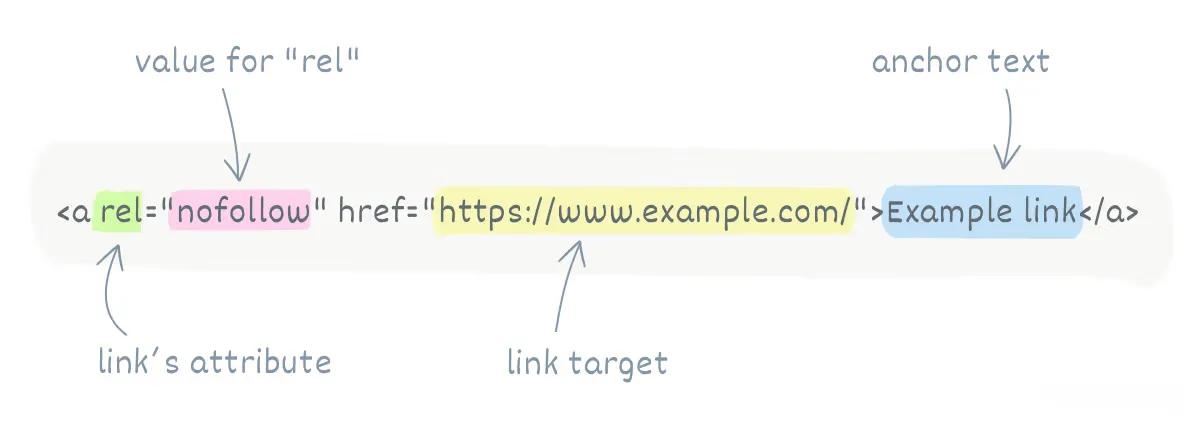
Purpose and Function of Adding Nofollow Links
Purpose: After adding Nofollow, no value will be passed to the target website, so Bing will not obtain any SEO value through this link, but users can still click on the link to browse.
Function: Often, websites need to reference content from external websites to enhance the user browsing experience or content value. After adding the Nofollow attribute to external links, no SEO value will be passed, and it will not affect the website’s ranking in search engines.
When should you use nofollow links?
For website SEO optimization, nofollow links are extremely important and often overlooked in SEO. Here are some common scenarios where nofollow links should be added:
Comment section links: External links in user comments (such as ads or irrelevant URLs) to prevent spam links from affecting the website’s search engine rankings.
Paid/sponsored content: Such as advertising partnerships or affiliate links, which should be clearly labeled to inform search engines not to pass weight to these links.
Unreliable external links: Links pointing to low-quality websites or unverified sources, where nofollow can be used to reduce associated risks.
Internal secondary links: Such as functional links like “Login” or “Register,” where pages that do not require weight allocation can have this attribute added.
How to check if a link is Nofollow?
Method 1: Check the code directly through your browser
1.Right-click on the web page and select “View Page Source” from the pop-up menu.
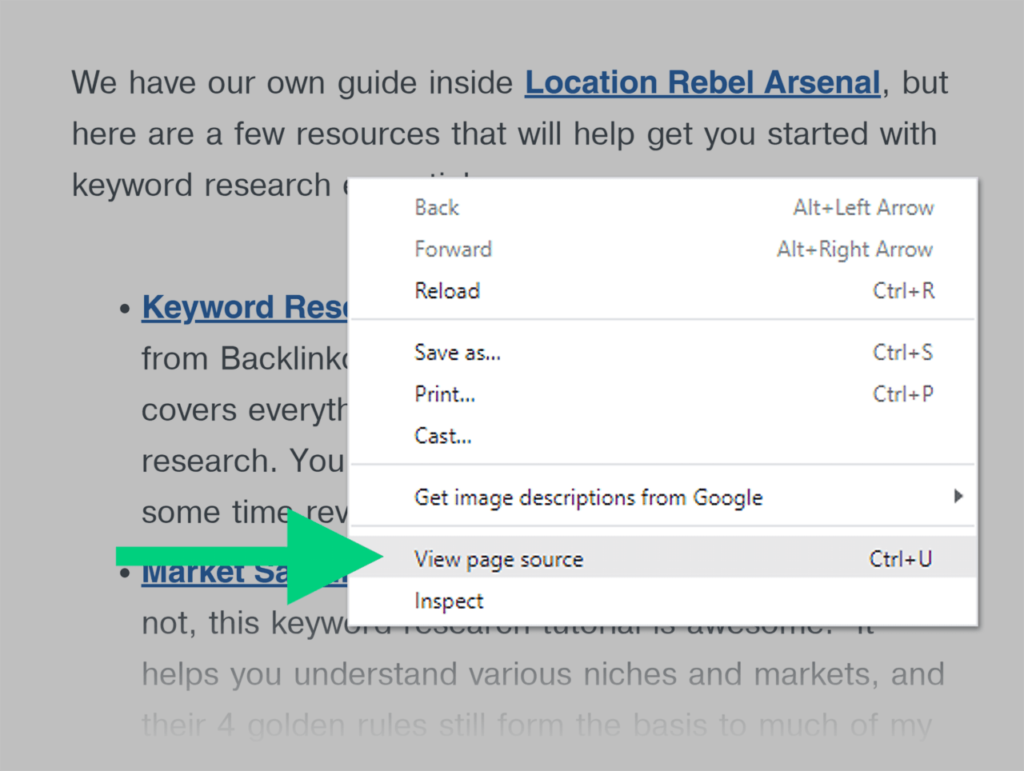
2.Find links in the HTML code of the page.
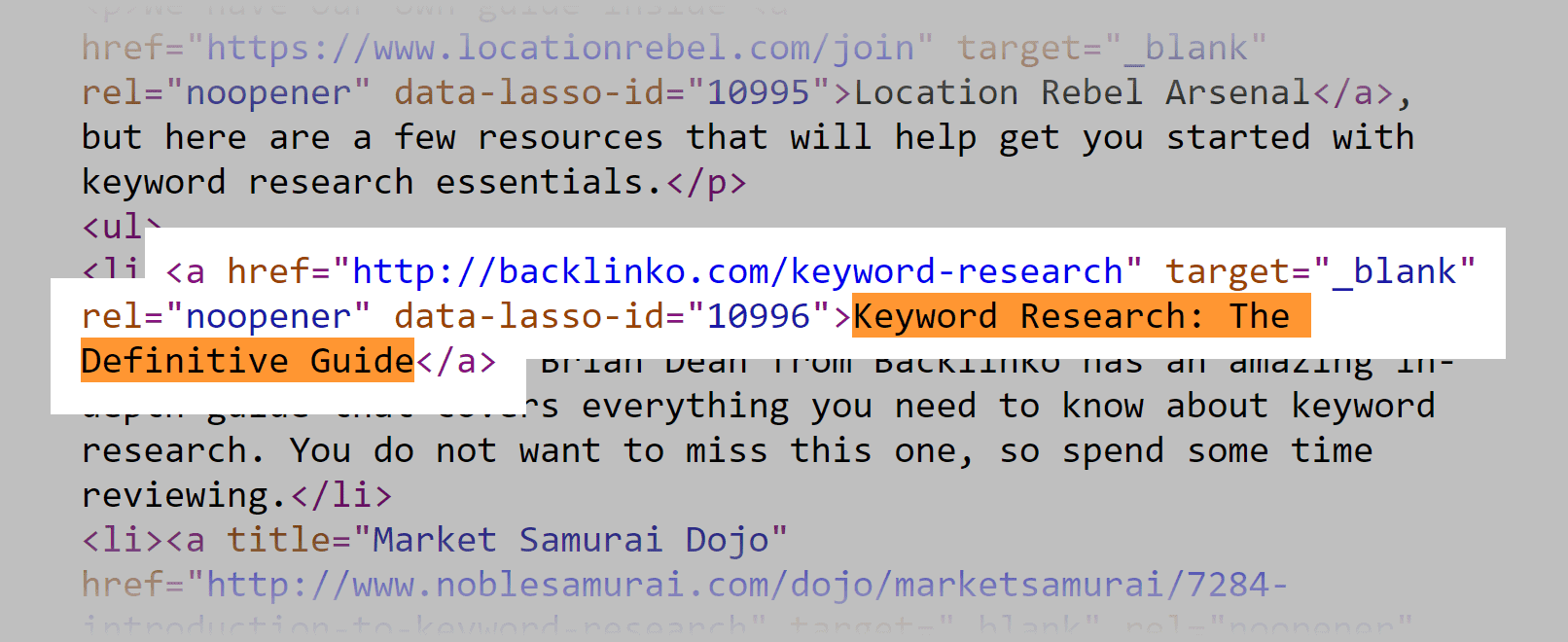
3.If you find the rel=”nofollow” attribute, then this link is a nofollow link. It does not pass weight to the target website, but users can still click on it and browse normally.

Method 2: Use the “Strike Out Nofollow Links” SEO Chrome extension to quickly identify Nofollow attributes.
This tool is very convenient and can automatically display which links on a web page have the nofollow attribute added.
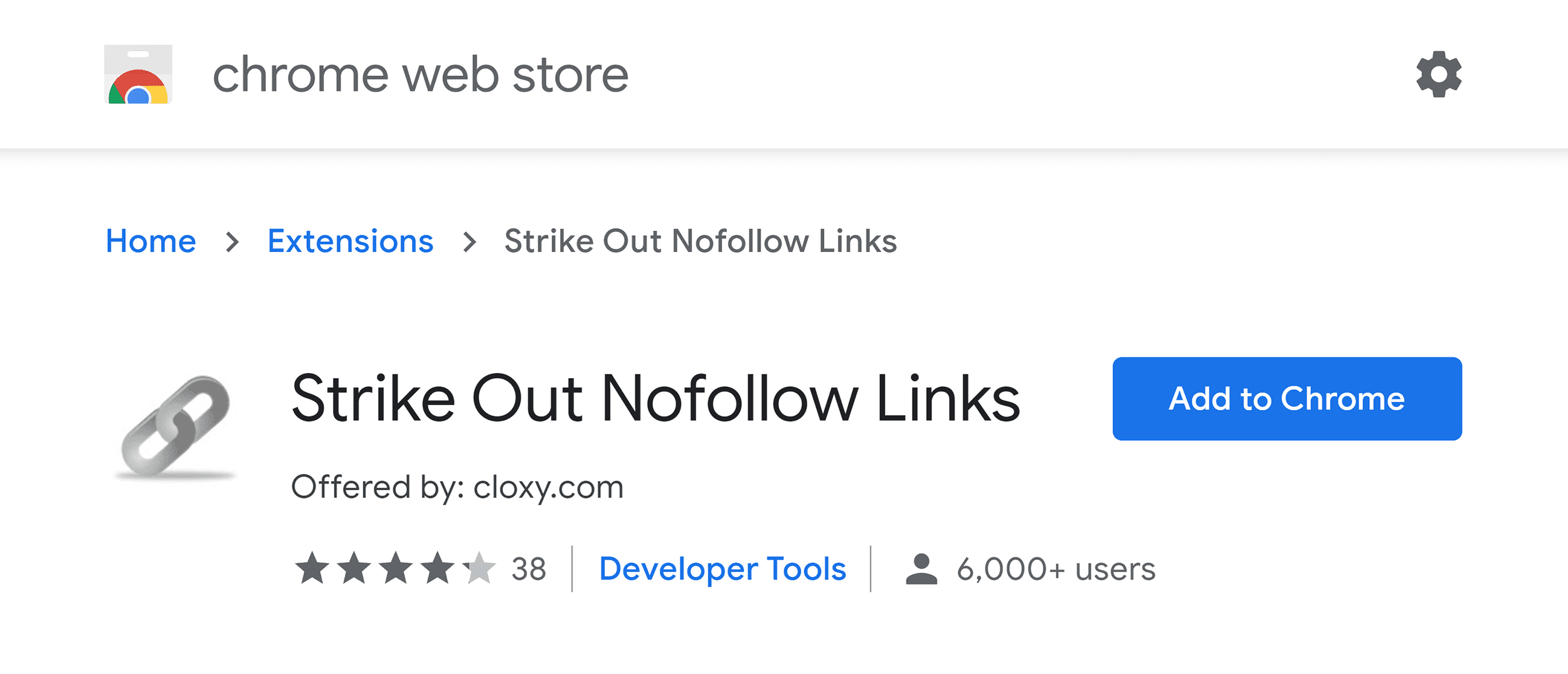
How to create nofollow links
Generating nofollow links is not complicated. Simply add rel=”nofollow” to the anchor tag in the HTML code. If you find this difficult to understand, don’t worry. Here are the specific steps:
Here is an example of using ZCSEO blog:
<a href="https://zcseo.com" rel="nofollow">ZCSEO Blog </a>
How to add nofollow links to a WordPress website?
Adding nofollow links to WordPress is very simple. We can use a WordPress plugin to automatically add the nofollow attribute to all external links.
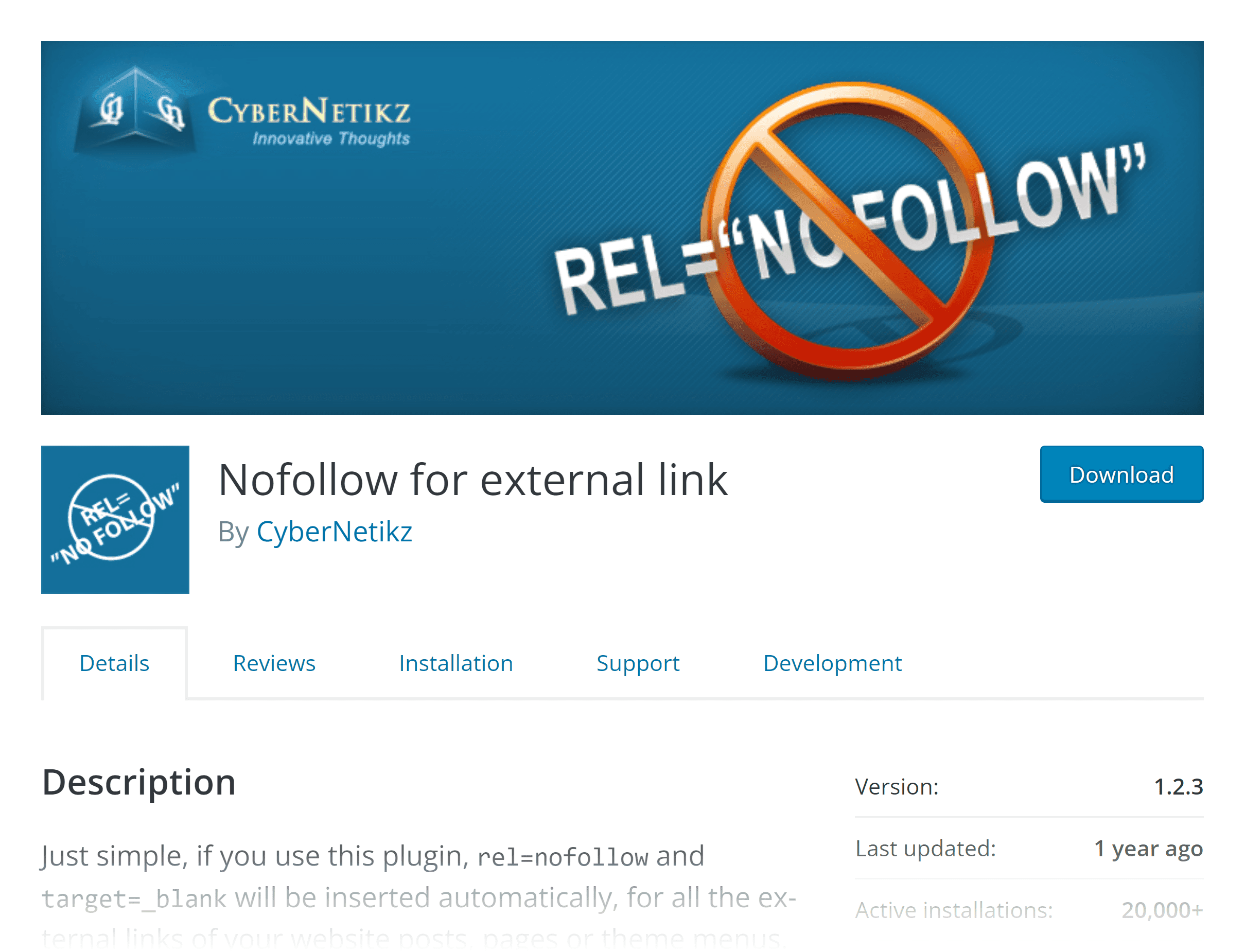
Common Questions About Nofollow Links
Q: What impact does nofollow have on SEO?
A: Nofollow links do not pass weight and do not directly improve the ranking of linked pages. Using them appropriately can concentrate weight on core pages (such as adding nofollow to advertising links) and avoid waste.
Q: Do all external links need to have nofollow added?
A: No. Only low-quality, paid, or untrusted external links should use nofollow. High-quality external links pointing to authoritative industry websites should retain the default dofollow, as this helps build website trust. Overusing nofollow may instead lead to imbalanced weight distribution.
Q: What is the difference between nofollow and dofollow?
A: The core differences lie in three aspects:
- Weight transfer: dofollow (default links) transfers weight, aiding rankings; nofollow does not transfer weight.
- Crawler processing: dofollow links are crawled by search engine crawlers; nofollow links may be ignored for weight transfer but are still crawled.
- Purpose: dofollow is used to recommend high-quality content, while nofollow is used to mark non-natural links.
Q: Do paid/sponsored links need to include nofollow?
A: Yes. Google explicitly requires that paid links (such as ads or sponsored content) must be marked with nofollow or rel=”sponsored” to avoid being deemed as “manipulating rankings.” For example, affiliate marketing links without nofollow may trigger search engine penalties.
Q: Does nofollow prevent search engines from crawling?
A: No. Search engines may still crawl pages linked to by nofollow links, but they will not pass on the source page’s weight. For example, adding nofollow to secondary internal links like “Login” or “Register” does not affect page indexing, but core pages should use dofollow to guide crawlers to prioritize crawling.
Q: Can nofollow be used for internal links?
A: Yes, but use it cautiously. For example, adding nofollow to internal links on low-value pages like “Contact Us” can prevent weight dilution. However, overuse may impact site structure. Core navigation links (e.g., homepage, product pages) should retain dofollow to ensure efficient crawling.
Q: Are there alternative attributes for nofollow?
A: Yes. Google introduced rel=”sponsored” (for paid links) and rel=”ugc” (for user-generated content like comments or forum posts) in 2019 for more precise categorization. For example, forum comment links can use rel=”ugc nofollow,” and ad links can use rel=”sponsored nofollow.”

